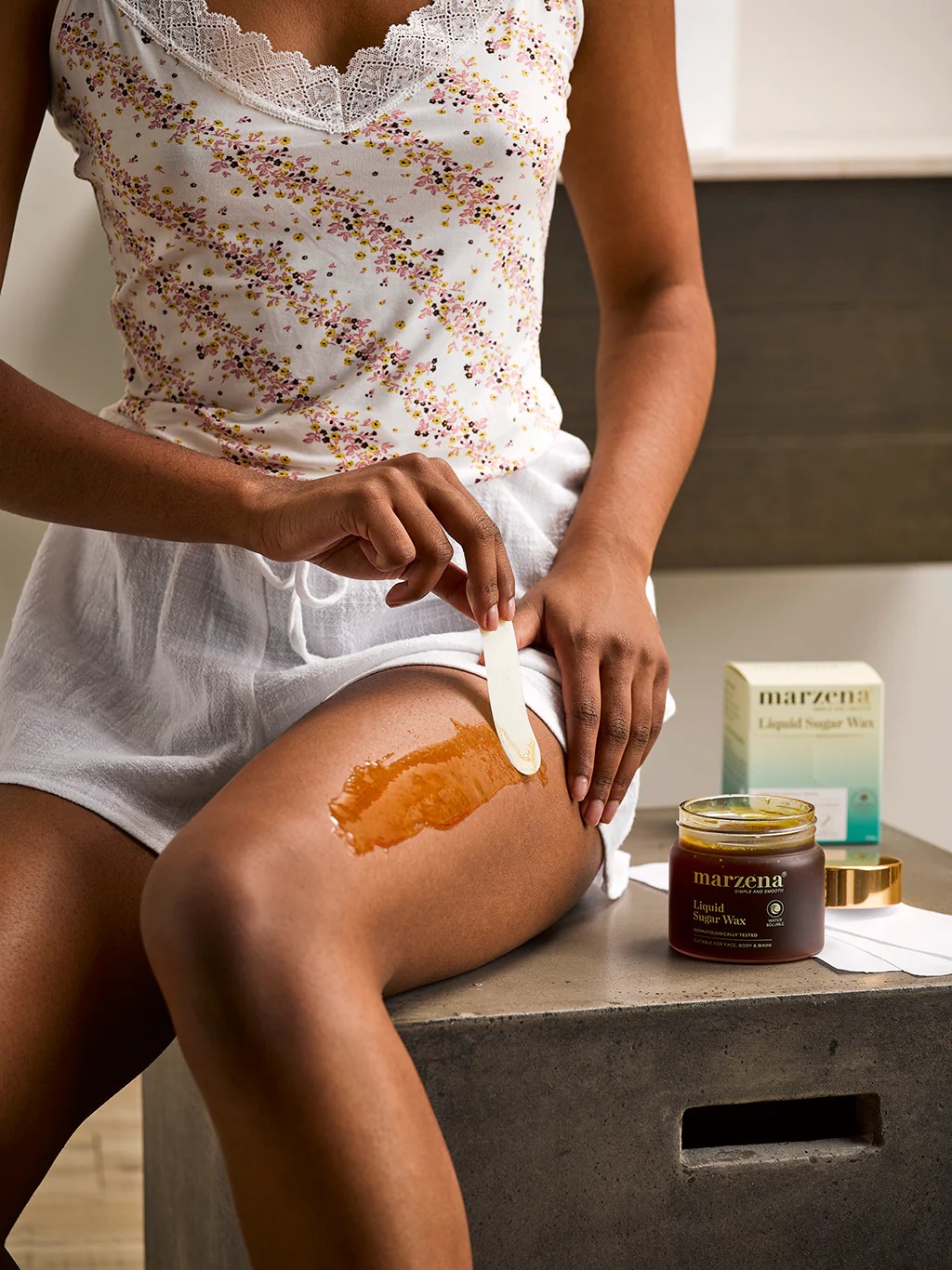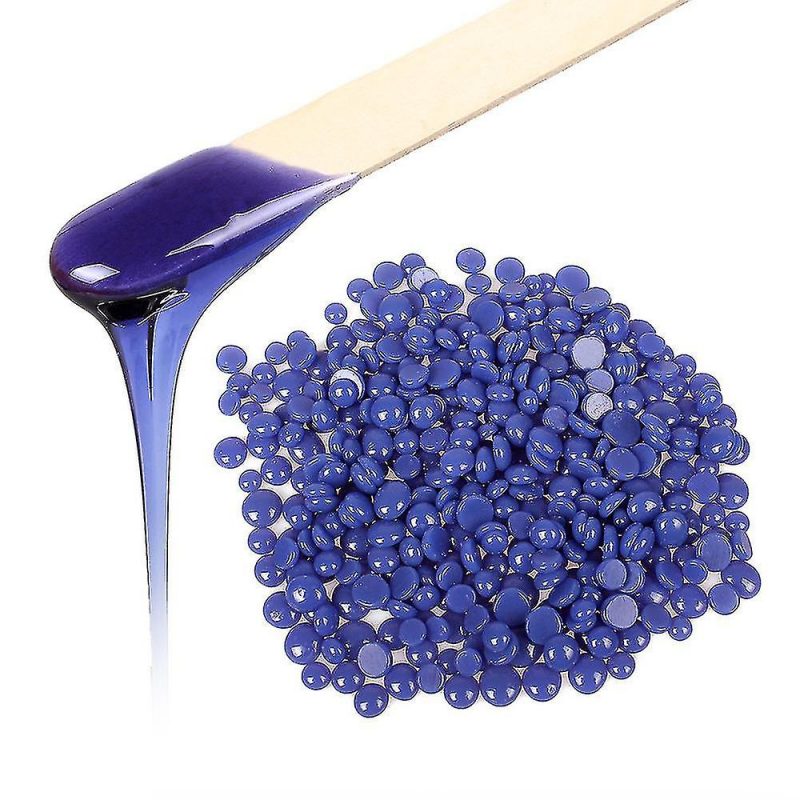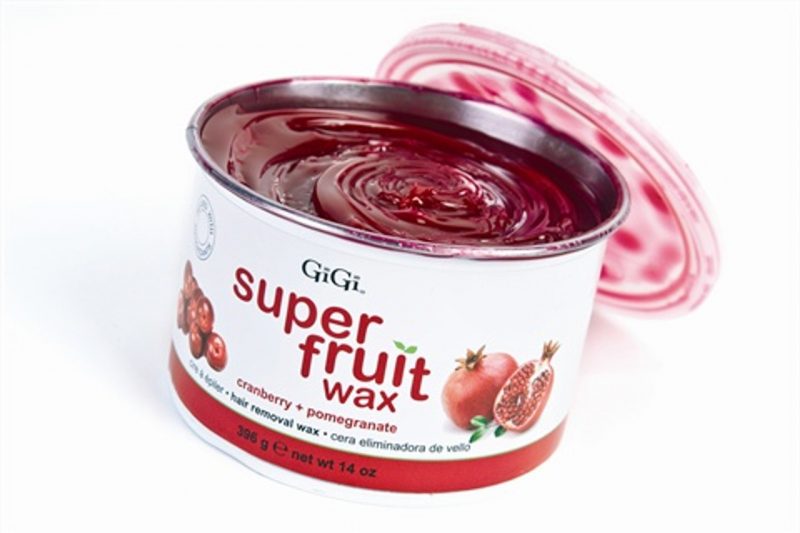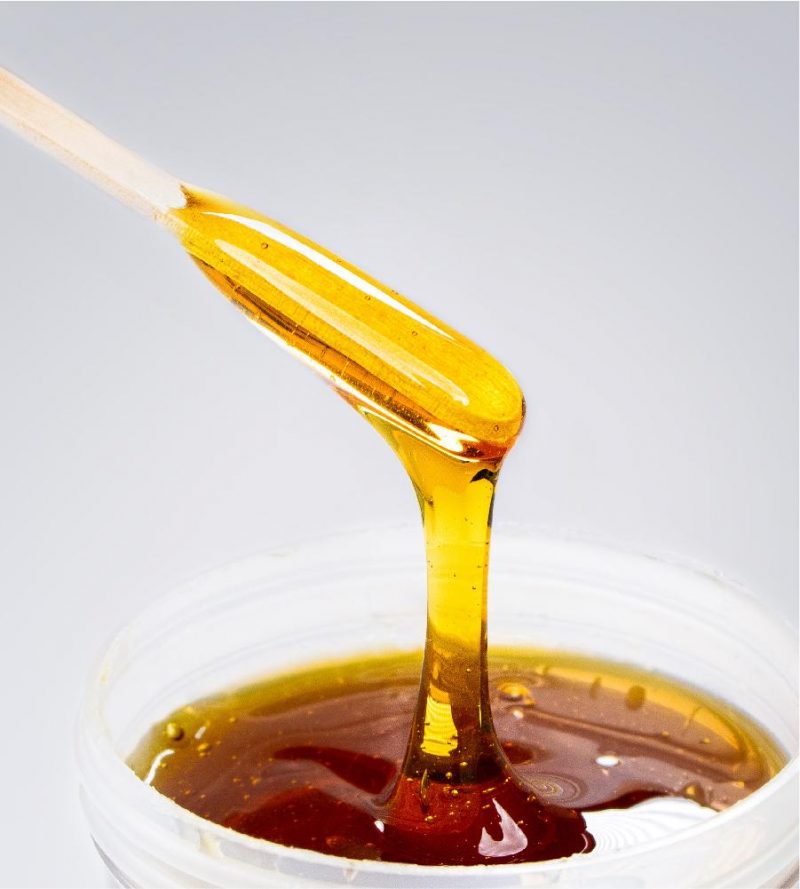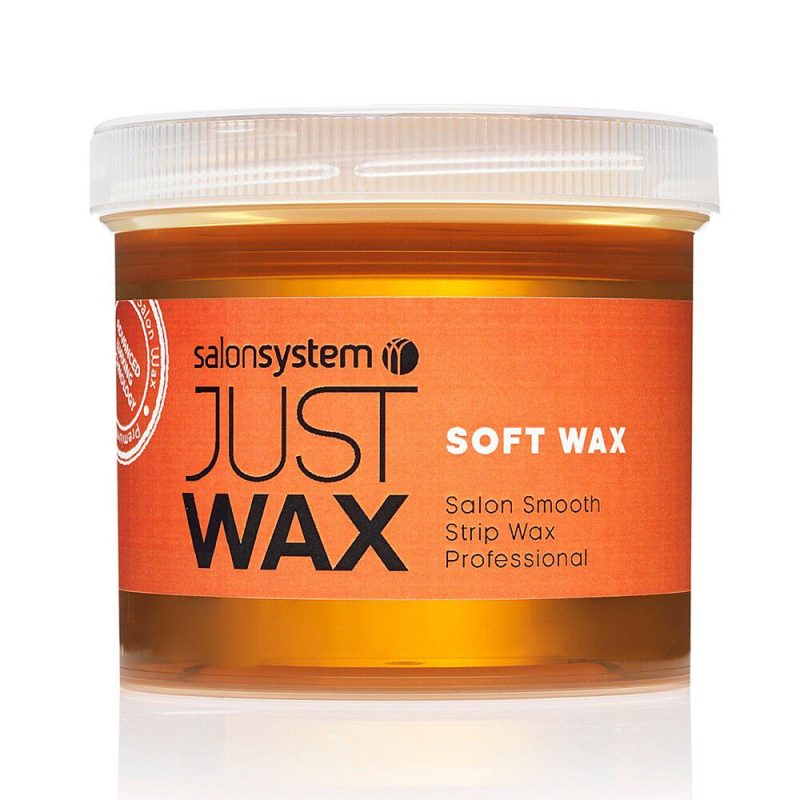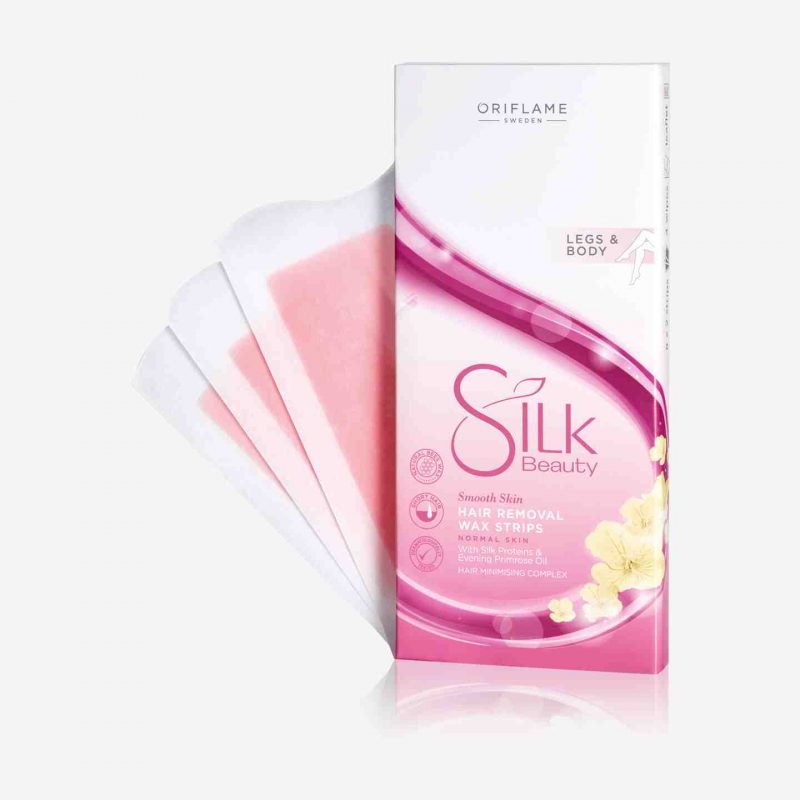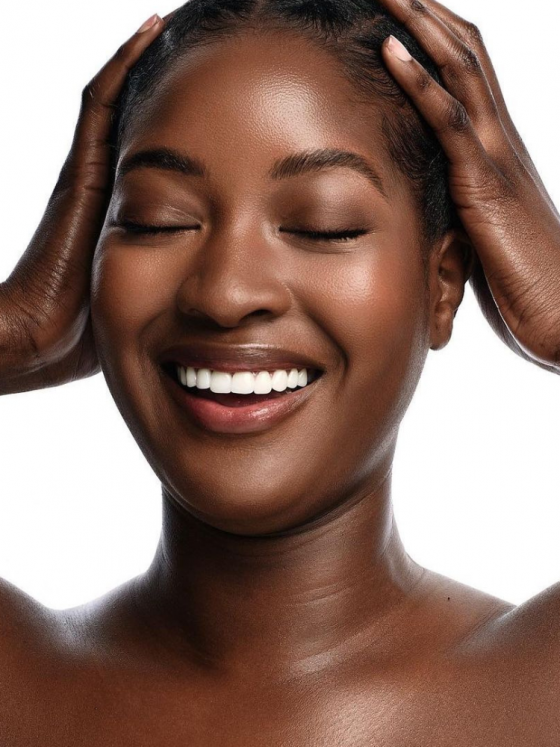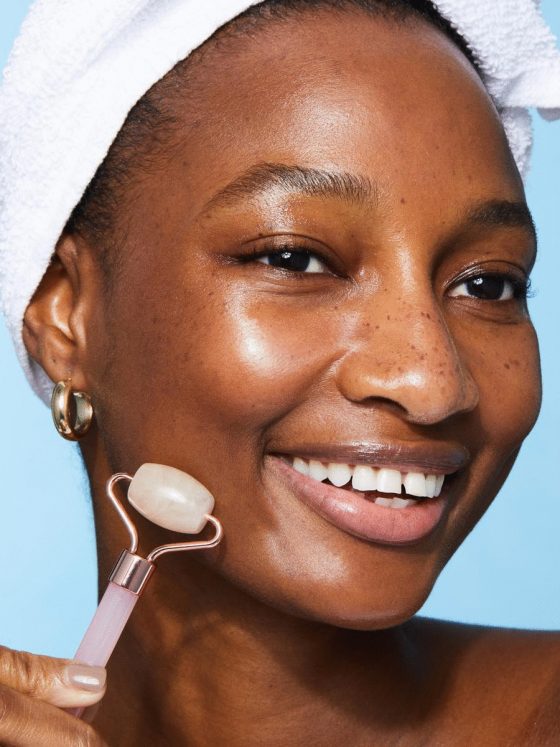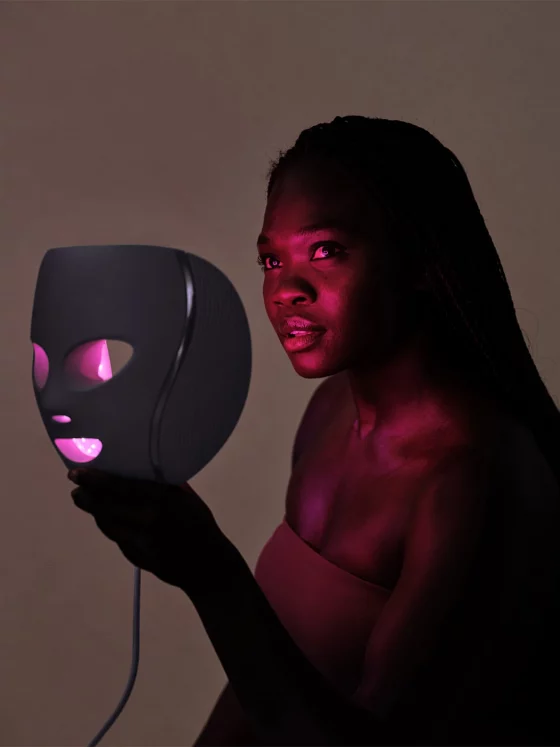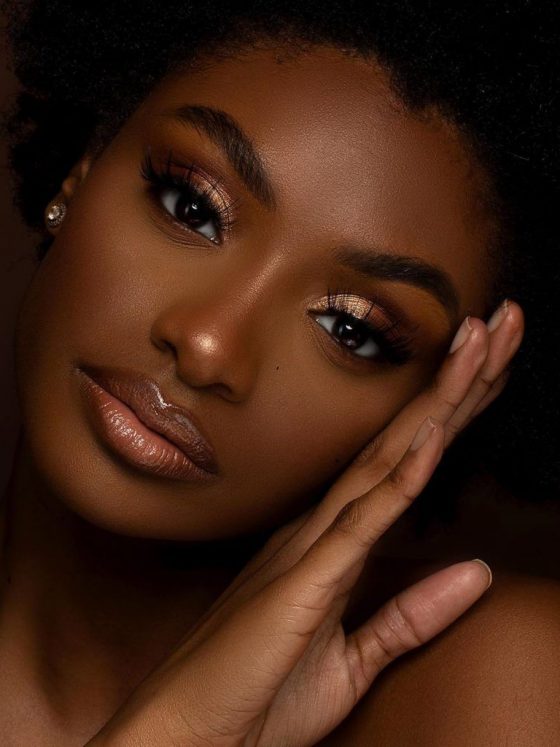In ancient times, being hairless was considered a sign of cleanliness, purity, and superiority. Thankfully things have changed, and nowadays, people choose to be primarily hairless for personal preference and aesthetical purposes.
Shaving, depilatories, epilation, intense pulsed light, electrolysis, laser hair removal, and prescription treatments are some hair removal methods that currently exist. However, waxing, an epilation technique, is one of the more popular ones and is a part of many monthly personal care routines.
Waxing has been around for centuries and it’s a quick and efficient way to remove unwanted hair from different parts of the body, leaving the skin smooth and hair-free. If you’re new to waxing though, the process may be intimidating and confusing. But don’t worry, we’ve got you covered. In this article, we’ll give you all the information you need to know about waxing, from the different types of wax to the dos and don’ts of post-wax care. So, whether you’re looking to wax your legs, underarms, or bikini area, read on to learn everything you need to know to make your first waxing experience a success.
WHAT IS WAXING?
Waxing is a procedure for extracting hair from its root by applying a sticky material, typically wax, to the skin. The substance adheres to the hair and is then removed, tugging the hair out of its follicle.
TYPES
A variety of waxes are available for removing unwanted hair, such as soft wax, hard wax, fruit wax, sugar wax, chocolate wax, and pre-made strips that can be easily used at home. It’s best to do your research and figure out which works best for your skin type and the area you plan to get waxed.
PROS
Affordable
Yes, it costs more than shaving at home, but it is much cheaper than electrolysis and laser hair removal.
Longer lasting results
Waxing pulls hair out from the roots, leaving the waxed area hairless for at least 3-4 weeks.
Thinner growth
Over time, frequent waxing thins out hair, making it grow back softer and less visible than before.
Improves skin texture
Waxing gives the skin a gentle exfoliation, leaving it smoother and brighter.
No more shaving cons
Say goodbye to razor cuts and shaving rash. Plus, the risk of getting ingrown hairs is less in comparison.
CONS
PAIN
Waxing is not for the faint-hearted, especially if your threshold for pain is low. Your face, bikini and intimate areas are more susceptible to pain than other body parts.
Ingrown Hairs
Waxing may result in ingrown hairs if proper aftercare is not followed.
BEFORE YOUR SESSION
- Waxing is not recommended for people on skin-thinning medications. These include isotretinoin, tretinoin, retinoic acid and some antibiotics. Speak to a professional first.
- The hair in the chosen area must be at least a quarter inch long for the wax to be effective. If it isn’t long enough, reschedule your appointment.
- If there is a lot of growth or if it has been more than six weeks since your last session, lightly trim the area first. Waxing longer hair can be more painful.
- It is important to give your skin time to rejuvenate so exfoliate no less than 48 hours before your appointment.
- Take a shower at least 24 hours before your appointment.
- Wear loose clothing to your appointment.
- If you’re getting a bikini wax, decide what style you want beforehand. Brazilians are always in demand, but other types do exist.
- Your most intimate parts are going to be on display, and you will most likely end up on all fours. Be prepared.
AFTERCARE
- Hydrocortisone cream can help with any post-waxing irritation.
- Avoid sweating, sunlight and heat for at least 24 hours after your session. When in the shower, wash the area with lukewarm or cold water to prevent irritation.
- Wear loose clothing and avoid friction for at least 24-48 hours. This includes sexual activity.
- Exfoliation is your best friend as it helps to prevent ingrown hairs. Use a loofah, soft washcloth or a gentle store-bought scrub. You can start 2-3 days after your wax and aim to do this at least 2-3 times a week.
- Do not shave or pluck new growth in between sessions.
- If you work out often, avoid lingering in sweaty clothes and try to shower immediately after sessions. Not doing so can lead to bacteria getting trapped in the skin, causing discomfort, irritation and ingrown hairs.

